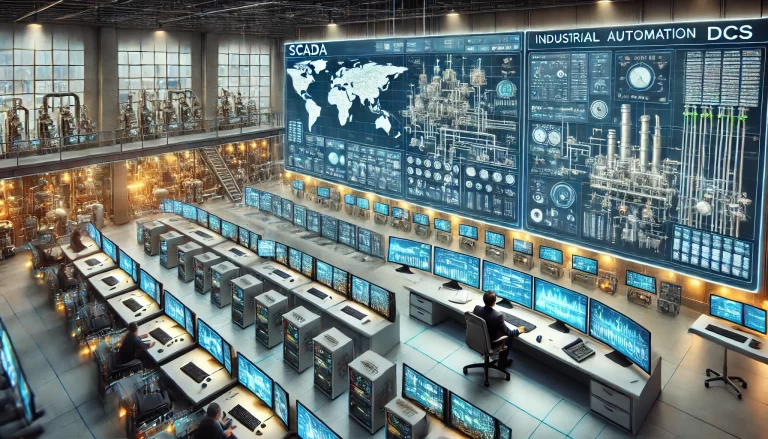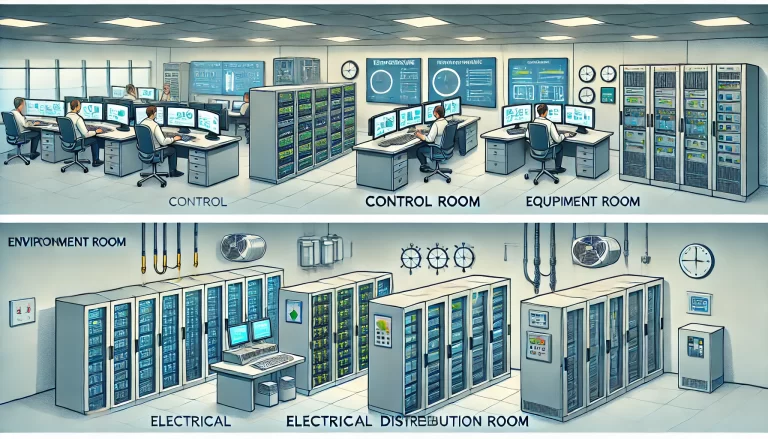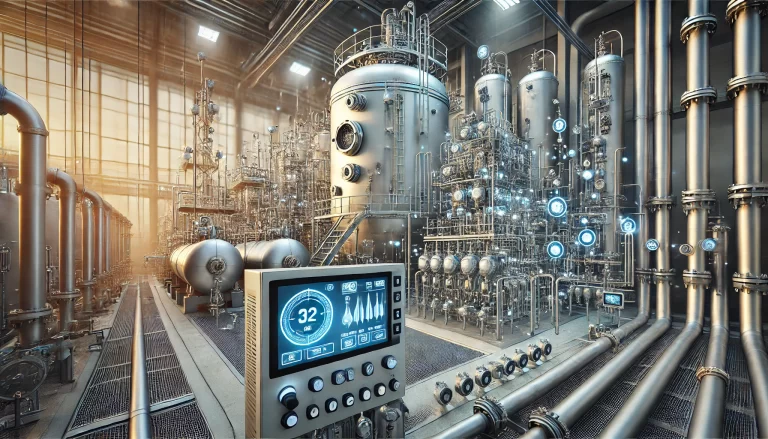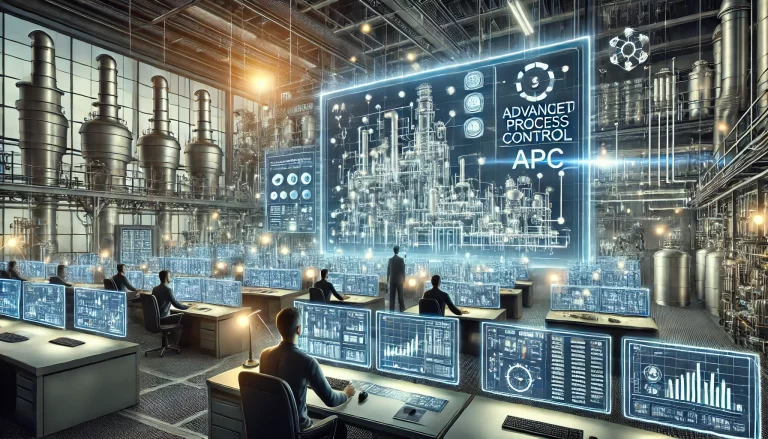Distillation column control revolves around maintaining material balance, operational stability, and product quality. Material and energy balances, as well as preventing liquid leakage and flooding, are essential considerations in any control strategy.

1. Importance of Product Purity
The quality indicators of a distillation column typically include the purity of either the top or bottom product. Achieving the required purity at one end while maintaining acceptable levels at the other is a primary goal. However, excessive purity demands lead to increased operational costs without proportional product value gains. Thus, purity requirements should align with usage demands.
Temperature control is a commonly used proxy for quality control because direct online purity analysis is often expensive and slow. By stabilizing temperature, the distillation process avoids drift in operating points, ensuring consistent performance. However, temperature control itself is not without challenges.

2. Common Issues in Temperature Control
2.1 Inability to Directly Control Temperature
When column pressure fluctuates, the temperature may vary accordingly, leading to inconsistent product purity despite stable temperature control. To mitigate this, several strategies can be implemented:
Pressure Stabilization: Minimize pressure variations to reduce their impact on temperature.
Pressure-Compensated Temperature Control: Adjust temperature control to account for pressure changes, ensuring it reflects product purity.
Differential Temperature Control: Use temperature differences within the column, less influenced by pressure, as the control variable.
2.2 Temperature as an Inadequate Indicator of Purity
For high-purity products, temperature changes may no longer accurately reflect purity variations. In such cases:
Direct Purity Control: Employ online analyzers for direct measurement and control of product purity.
Material Balance Control: Use mass flow rates and component balances to regulate the process indirectly. This is especially common in processes such as polysilicon production or the separation of isomers in fine chemicals.
2.3 When Temperature Control is Unnecessary
In some cases, temperature control may not be essential. For example:
Stripping Columns: Light components are vented as non-condensable gases, and reboiler steam primarily needs to maintain stable vapor-liquid loads.
Non-Representative Temperatures: In these scenarios, temperature does not adequately reflect the stripping or separation efficiency, making control unnecessary.
2.4 Incorrect Measurement Locations
Selecting appropriate temperature measurement points is critical. While top and bottom temperatures are commonly used, mid-column locations (e.g., the “sensitive plate”) may better capture changes in composition.
Optimized Measurement Placement: Analyze column profiles to identify the most responsive locations for temperature measurement.
Improved Control Performance: Proper placement enhances the effectiveness of temperature control.
2.5 Challenges in Multi-Point Control
Attempting to simultaneously control temperatures at both ends of the column can result in significant adjustments to vapor-liquid loads under varying conditions. Multi-point control strategies are inherently complex and often conditional upon stable operation.
Strategic Implementation: Ensure feasibility through careful design and operational studies.
Dynamic Adaptation: Incorporate flexible controls to adapt to operational changes.

3. Crafting Effective Temperature Control Strategies
Designing an effective temperature control scheme requires understanding the unique characteristics of each column and process. Each situation demands a tailored approach, analogous to how individual talents and circumstances shape different life outcomes.
Process Analysis: Evaluate operational goals, potential disturbances, and purity requirements.
Customized Solutions: Combine strategies like pressure stabilization, differential control, and direct purity measurement.
Iterative Refinement: Continuously monitor and refine the control system to align with process demands.

Conclusion
Temperature control in distillation columns is both a science and an art. It requires a deep understanding of process dynamics, equipment characteristics, and product requirements. By addressing common challenges with targeted strategies, operators can achieve stable operation and consistent product quality, optimizing both performance and efficiency.
